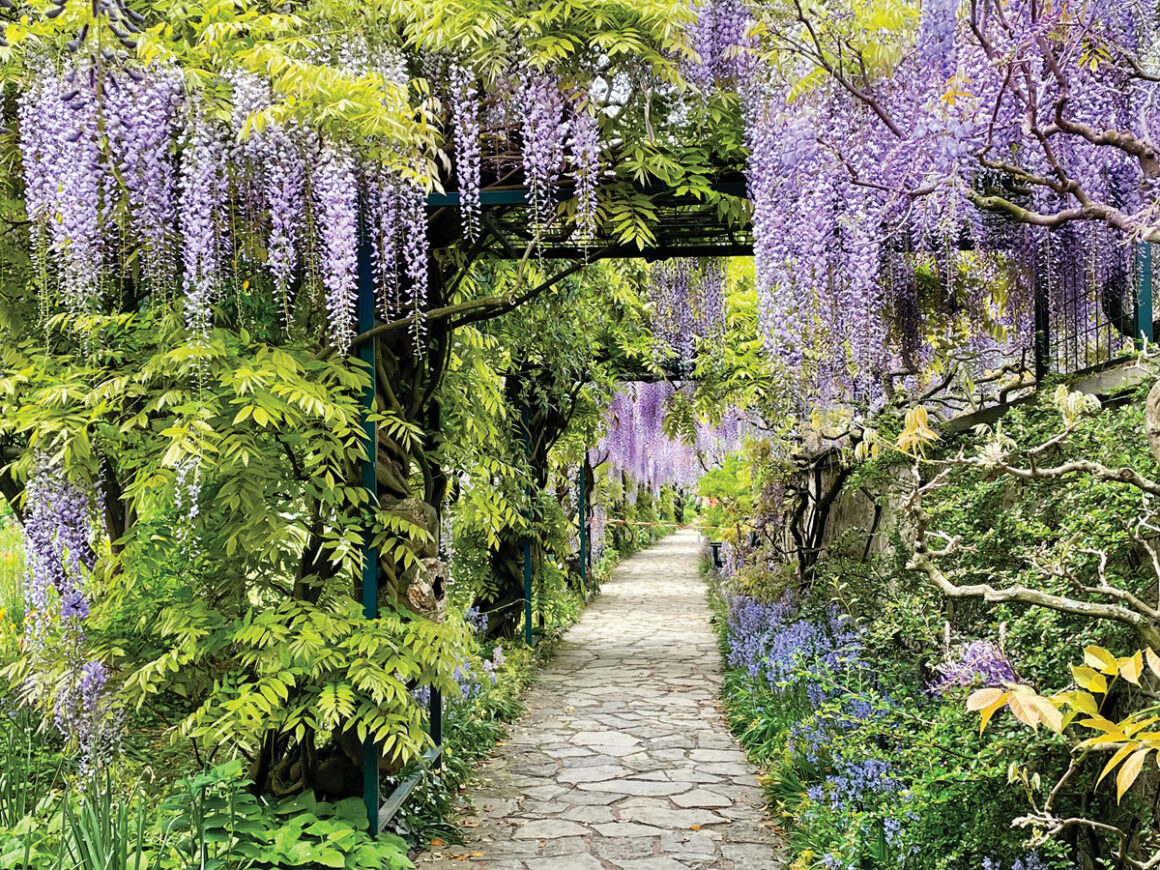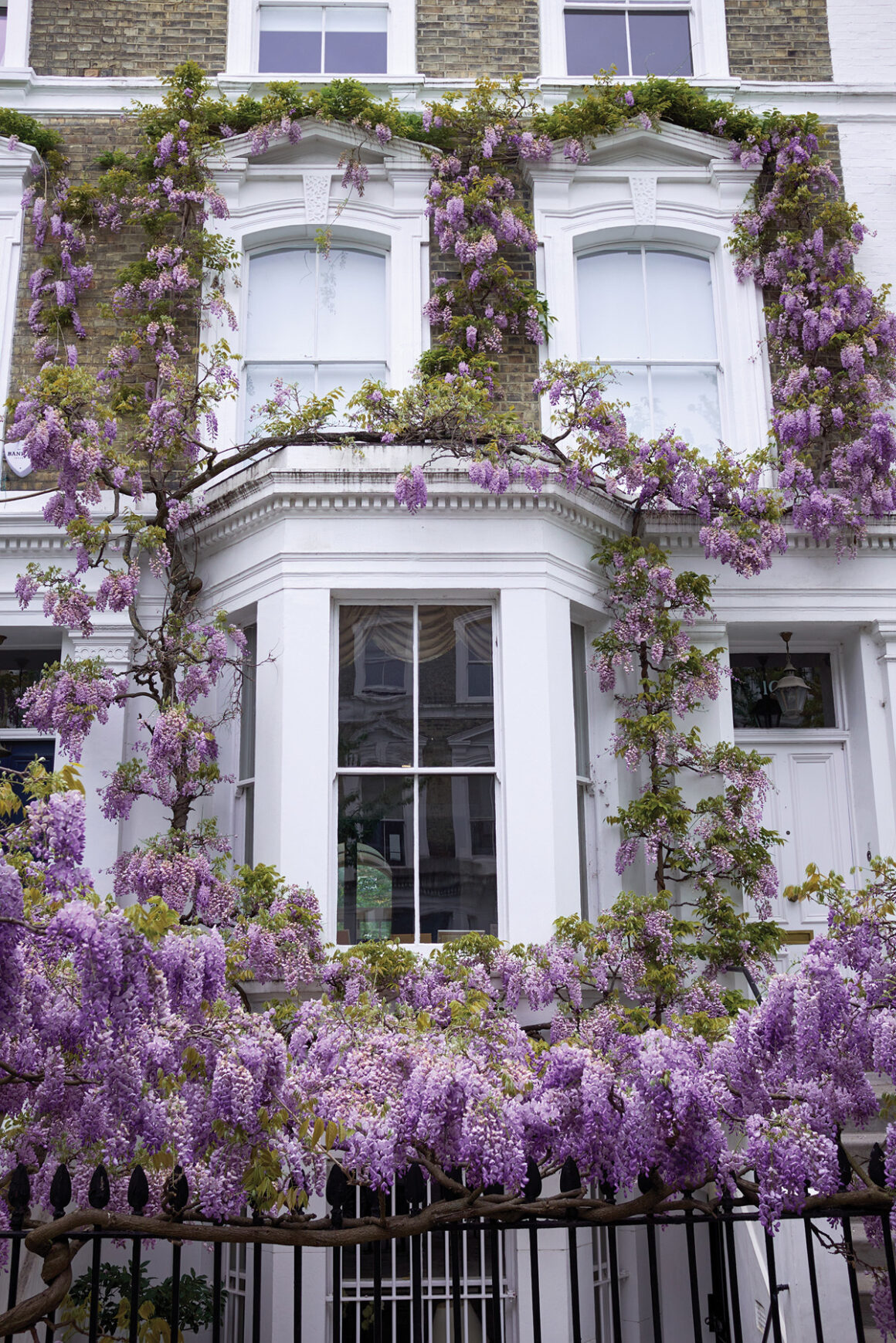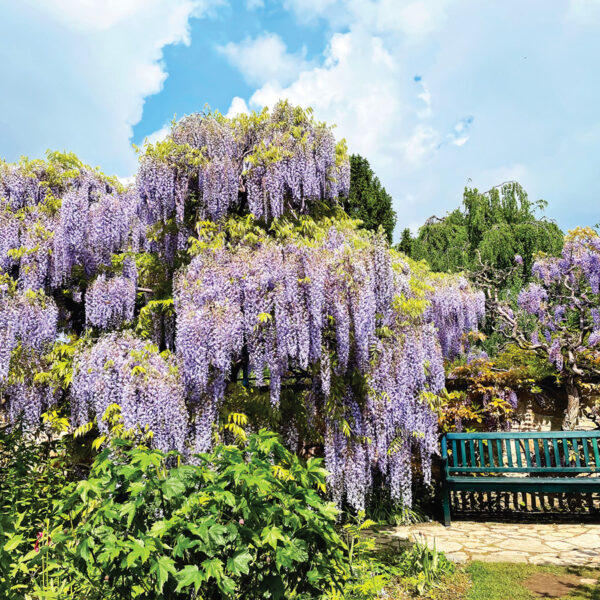The Beauty and Care of Wisteria: A Gardener’s Guide
Wisteria, with its cascading clusters of fragrant flowers, is a beloved plant that adds a touch of elegance and romance to any garden. This hardy, climbing vine is known for its stunning blooms in shades of purple, blue, pink, and white, which typically appear in late spring to early summer. While wisteria is undoubtedly beautiful, it requires proper care and attention to thrive. Here’s a comprehensive guide to growing and maintaining wisteria in your garden.
There are several species of wisteria, but the most popular for garden cultivation are the Japanese wisteria (Wisteria floribunda) and the Chinese wisteria (Wisteria sinensis). Japanese wisteria is known for its longer flower clusters, while Chinese wisteria tends to bloom a bit earlier. When choosing a wisteria plant, it’s important to select a grafted variety from a reputable nursery to ensure early and reliable blooming.
Wisteria thrives in well-drained, fertile soil and requires full sun to produce the best blooms. It’s essential to plant wisteria in a location where it has plenty of space to grow, as it can become quite large and vigorous. Wisteria is best planted in the spring or fall, allowing the roots to establish before the extreme temperatures of summer or winter.
Choose a sunny location with at least six hours of direct sunlight per day. Prepare the soil by adding compost or well-rotted manure to improve fertility and drainage.
Planting: Dig a hole twice as wide and just as deep as the root ball. Place the plant in the hole, backfill with soil, and water thoroughly. Given its vigorous growth, wisteria needs strong support to climb. Arbor, pergolas, and sturdy fences make ideal structures. It’s important to install the support system at the time of planting to prevent damage to the plant’s roots and ensure proper training from the start.
Pruning Wisteria
Pruning is crucial for controlling wisteria’s growth and encouraging abundant blooms. There are two main pruning periods for wisteria: summer and winter.
Summer Pruning: In late summer, prune the long, whippy shoots back to five or six leaves from the main stem. This helps to control the plant’s size and directs energy to the development of flower buds.
Winter Pruning: In late winter, before the new growth begins, prune the same shoots back to two or three buds. This further encourages blooming and keeps the plant tidy.
Wisteria does not require heavy fertilization. In fact, too much nitrogen can result in lush foliage at the expense of flowers. An annual application of a balanced, slow-release fertilizer in early spring is typically sufficient. Water young plants regularly to establish roots, but mature wisteria is relatively drought-tolerant. Ensure the soil remains moist but not waterlogged.
Wisteria is generally pest-resistant, but it can occasionally be affected by aphids, scale insects, and caterpillars. Regular inspection and the use of insecticidal soap or horticultural oil can help manage these pests. Additionally, ensure good air circulation around the plant to prevent fungal diseases.
With its stunning beauty and enchanting fragrance, wisteria is a wonderful addition to any garden. It provides not only visual appeal but also a delightful sensory experience. By following these care guidelines, you can enjoy the magnificent blooms of wisteria year after year, transforming your garden into a paradise of colour and scent.




